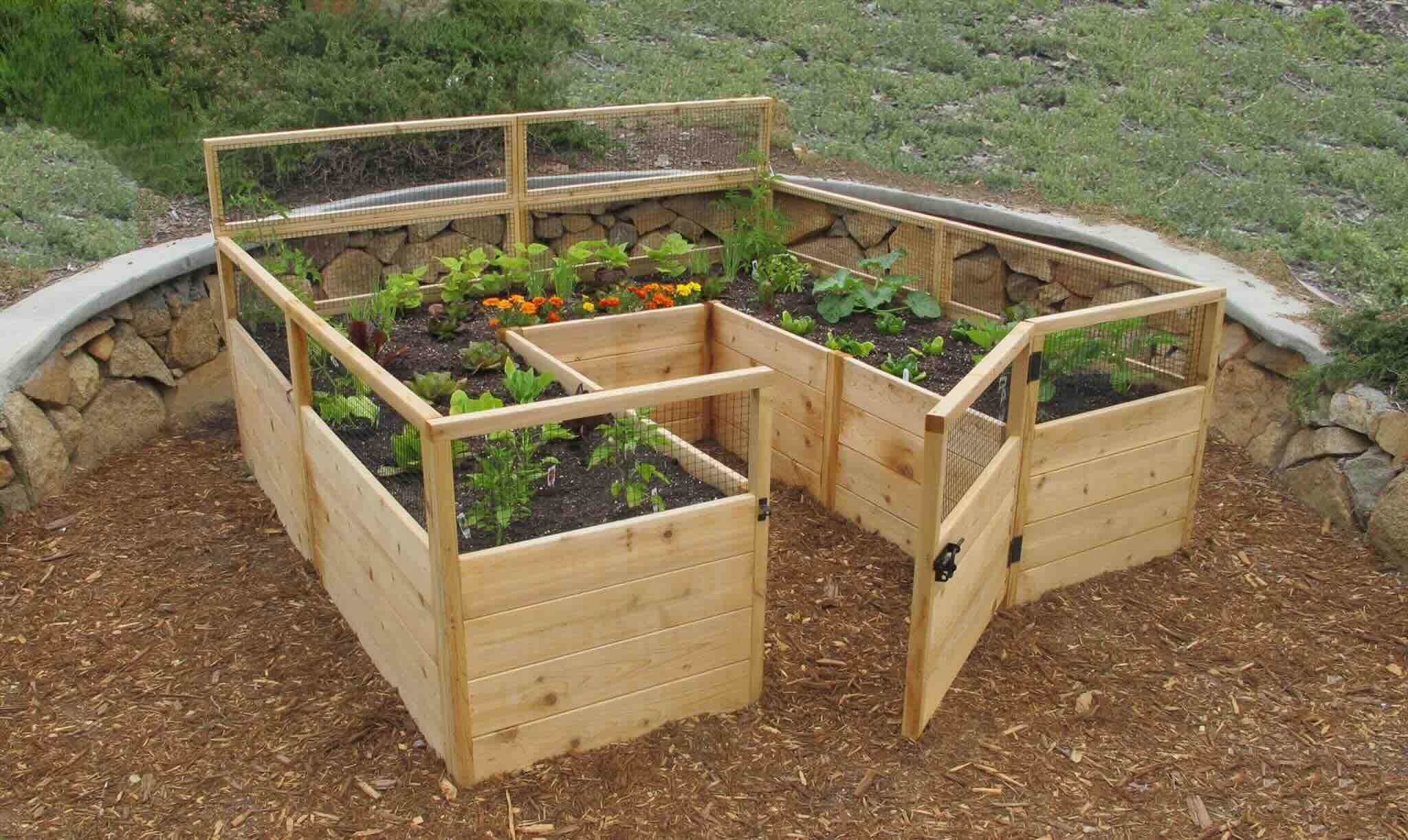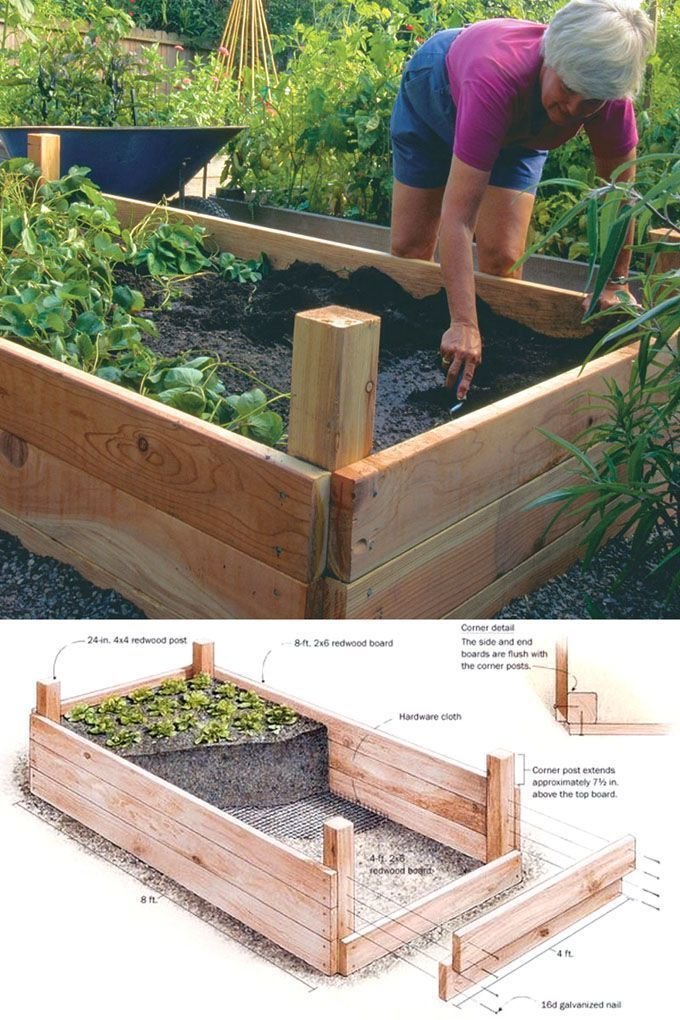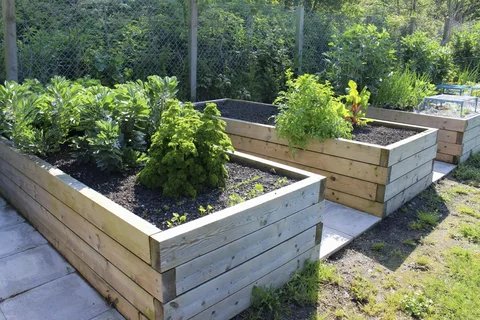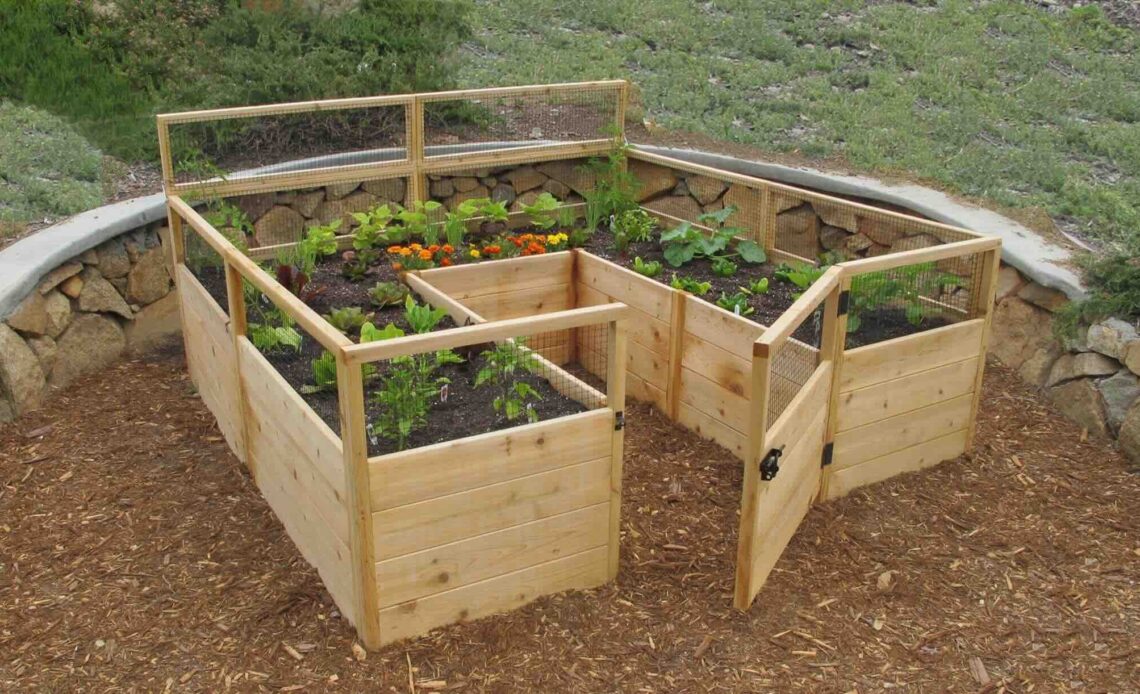Are you looking for a way to boost your gardening success? Raised bed gardens are a game-changer for both beginner and experienced gardeners alike. Not only do they provide excellent drainage, but they also make it easier to manage soil quality, prevent pests, and maximize your space. In this comprehensive guide, we’ll show you how to create your own DIY raised garden bed and why it’s a fantastic choice for your gardening needs.
**Why Choose a Raised Bed Garden?**

Raised bed gardens have become increasingly popular in home gardening for several key reasons. Here’s why they should be your next project:
**Better Soil Quality**
Raised beds allow you to fill the bed with high-quality soil tailored to your plants’ needs. This helps you avoid poor or compacted soil, which is common in traditional ground planting. You can mix compost, organic matter, and soil to create an ideal growing environment.
**Improved Drainage**
Raised garden beds provide excellent drainage, especially in areas where soil is heavy or clay-based. Water can flow freely, preventing root rot and ensuring your plants stay healthy.

**Reduced Pest and Weed Problems**
With raised beds, you can use borders and fencing to keep pests like rabbits and deer away. Additionally, it’s easier to control weeds since the elevated soil is less likely to host weeds that typically spread from the ground.
**Easier Access and Maintenance**
Gardening in raised beds eliminates the need for bending over, which reduces strain on your back and knees. The higher elevation makes planting, weeding, and harvesting much easier and more comfortable.
**Extended Growing Season**
Raised beds warm up faster in the spring, which gives you a head start on the growing season. The well-draining soil also prevents waterlogging during rainy seasons, allowing you to grow plants more efficiently year-round.

**How to Build a Raised Bed Garden: A Simple DIY Guide**
Building a raised garden bed is a straightforward DIY project that can be completed in a few simple steps. Here’s a step-by-step guide on how to get started:
**Gather Your Materials**
To build your raised garden bed, you’ll need:
– Lumber (cedar or redwood are ideal because they are resistant to rot)
– Screws or nails
– A saw (if you need to cut the wood to size)
– A drill
– A measuring tape
– Landscaping fabric (optional, but useful for weed control)
– Soil, compost, and organic matter
**Choose the Right Location**
Pick a sunny spot for your raised bed, as most vegetables and flowers require at least 6-8 hours of sunlight per day. Make sure the area is flat and free from obstacles like tree roots or large rocks.
**Cut the Lumber**
Using a saw, cut your lumber to the desired dimensions. Common raised bed dimensions are 4 feet wide (for easy access to the middle) and 6 to 8 feet long. The height of the bed can vary, but 12-18 inches is a typical size.
**Assemble the Bed**
Arrange the pieces of lumber to form a rectangle or square. Using screws or nails, attach the corners of the frame together. If you’re making a longer bed, you can add support in the middle by placing a wooden post or two.
**Add Landscaping Fabric (Optional)**
If you want to keep weeds at bay, you can line the bottom of the bed with landscaping fabric. This barrier helps prevent weeds from growing up through the soil.
**Fill with Soil**
Fill your raised bed with a mixture of high-quality soil, compost, and organic matter. A good ratio is 60% soil, 30% compost, and 10% perlite or sand for improved drainage. You want a light, nutrient-rich mixture that will help your plants grow.
**Plant and Maintain**
Once your raised bed is filled with soil, it’s time to plant your garden Water regularly, monitor for pests, and ensure your plants are receiving the right amount of sunlight and nutrients.
**Maximizing Your Raised Bed: What to Grow**
Raised beds are perfect for a wide variety of plants, from vegetables and herbs to flowers and small fruits. Here are some ideas for what to grow in your raised bed:
**Vegetables**
– **Tomatoes**: These grow well in raised beds where you can easily control soil quality and water drainage.
– **Lettuce**: This leafy green thrives in cool weather, and raised beds help keep the soil light and well-drained.
– **Carrots**: Root vegetables like carrots do well in the loose, well-aerated soil of raised beds.
– **Cucumbers**: These vining plants will appreciate the extra space and vertical options you can create in raised beds.
– **Peppers**: Raised beds offer the warmth and consistent watering that peppers need to thrive.
**Herbs**
Herbs like basil, oregano, rosemary, and mint grow excellently in raised beds where they receive full sun and excellent drainage.
**Flowers**
Flowers such as marigolds, petunias, and sunflowers can add beauty to your raised garden bed while attracting beneficial pollinators like bees and butterflies.
**Caring for Your Raised Bed Garden**
Once your raised bed garden is set up, regular maintenance will help keep your plants healthy and thriving. Here are a few tips:
**Mulch Regularly**
Mulching helps retain moisture, regulate soil temperature, and prevent weed growth. Organic mulch like straw or wood chips is a great choice.
**Rotate Your Crops**
To prevent soil depletion, rotate your crops each season. This ensures that different plants have a chance to thrive and that pests don’t build up.
**Fertilize as Needed**
While raised beds offer great soil quality, it’s still important to fertilize your plants occasionally. Use organic fertilizers or compost to provide additional nutrients.
**Your Perfect Garden Awaits**
Building and maintaining a raised garden bed is an easy, rewarding way to grow your own food, flowers, and herbs. Not only does it improve plant growth and make gardening more accessible, but it also offers a beautiful and organized space for growing your favorite plants. Whether you’re a seasoned gardener or just starting, a raised bed garden is an excellent choice to elevate your gardening experience.
Ready to get started? Follow our simple guide, gather your materials, and soon you’ll have a flourishing garden of your own
